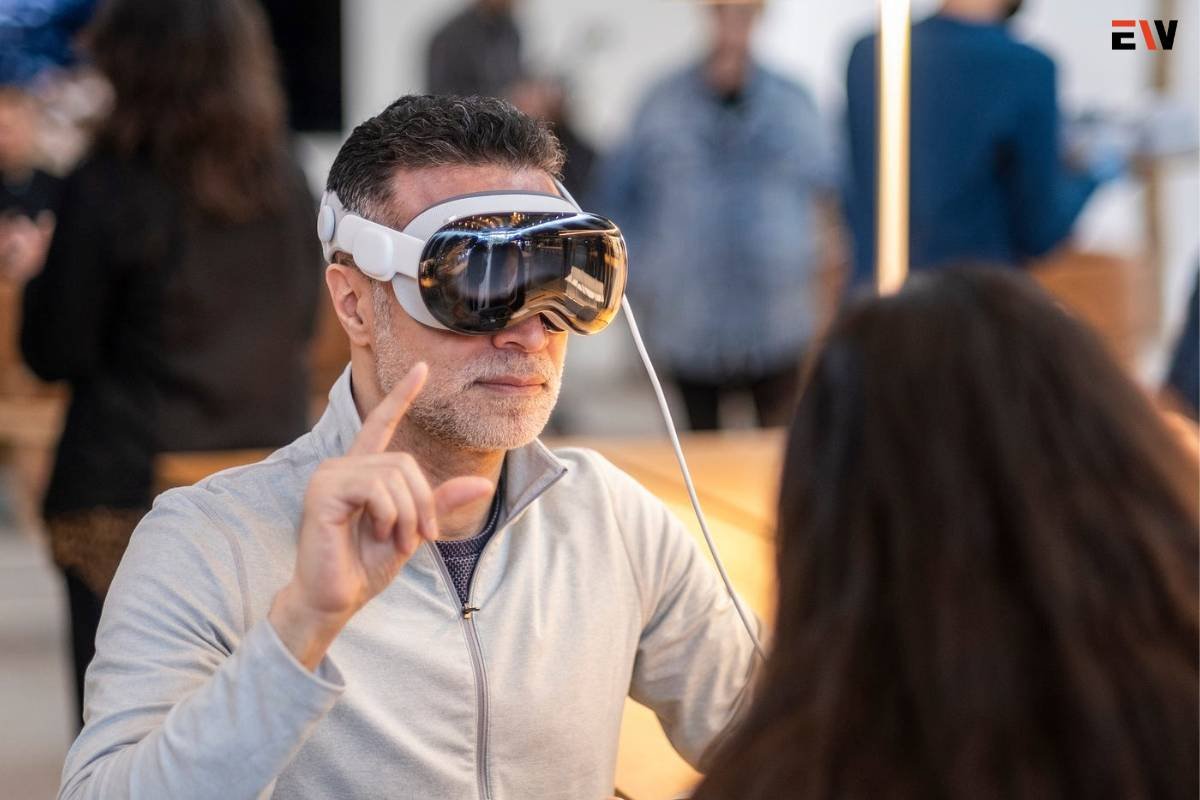Source- Medium
Early Adopters Report Comfort and Productivity Issues
As the initial wave of Apple Vision Pro headsets reaches the 14-day return window, a notable number of buyers are taking to social media to express their dissatisfaction with the $3,500 device. Complaints range from comfort issues, including headaches and motion sickness, to concerns about productivity and the device’s overall value.
Comfort Concerns and Physical Discomfort
One of the most cited reasons for returns is discomfort. Some users reported experiencing headaches and motion sickness attributed to the weight and front-heavy design of the headset. The discomfort factor has led to several users expressing their intentions to return the device, emphasizing that it was too uncomfortable to wear even for short periods.
Parker Ortolani, The Verge’s product manager, highlighted his personal experience, mentioning that the device contributed to a burst blood vessel in his eye. While anecdotal reports of discomfort, dry eyes, and redness are not new in the virtual reality (VR) space, the unique challenges of wearable production for mass markets become apparent when addressing individual variations in anatomy and comfort preferences.
Productivity Shortcomings and Lack of Applicability
Beyond physical comfort, another common criticism revolves around the Apple Vision Pro‘s limited productivity relative to its high price. Users have expressed that tasks like looking at Figma screens induced dizziness, while others found the device lacking applicability in their professional work. Issues with coding experiences and focusing problems causing headaches have also been reported.
The lack of support for various file types and challenges in multitasking between “windows” have been cited as productivity deal-breakers. Carter Gibson, a senior manager at Google, pointed out finer details such as difficulties in file management and multitasking, raising questions about the device’s practicality in daily professional use.
Uncertain Impact and User Expectations
It remains unclear how this vocal subset of early adopters expressing criticism will impact the future of the Apple Vision Pro. While some users indicate their intention to return the device, many express interest in trying a potential second-generation model. Some attribute their concerns not to the technology itself but to the absence of a compelling application or lack of comfort.
The actual return rate and Apple’s internal expectations for the Apple Vision Pro are unknown, making it challenging to gauge the extent of the reported issues. As Apple addresses user feedback and potential improvements, the early criticism may influence the company’s approach to future iterations of mixed-reality headsets. The evolving landscape of user preferences and expectations will likely play a crucial role in shaping the future success of Apple’s ventures into mixed-reality technology.










